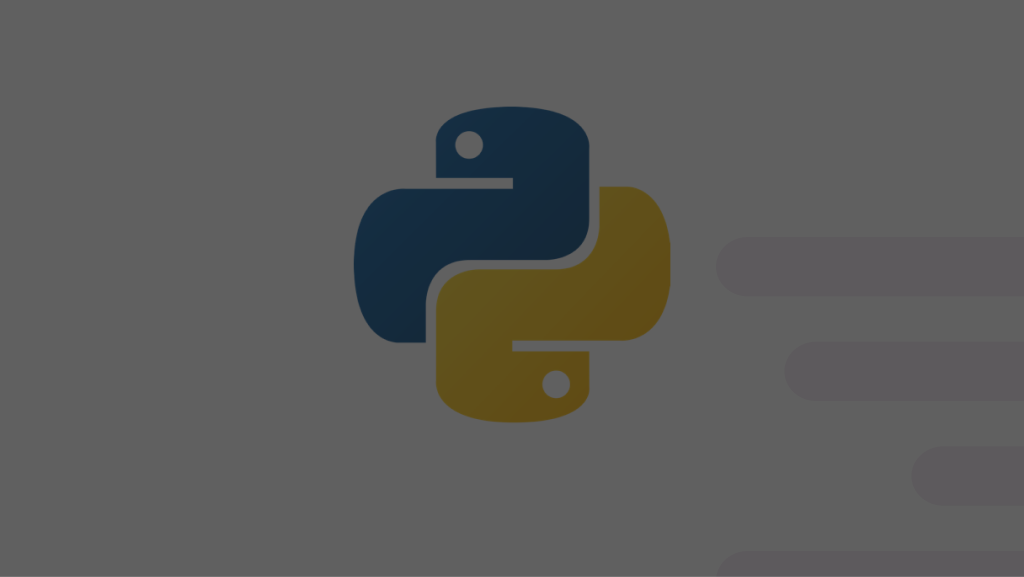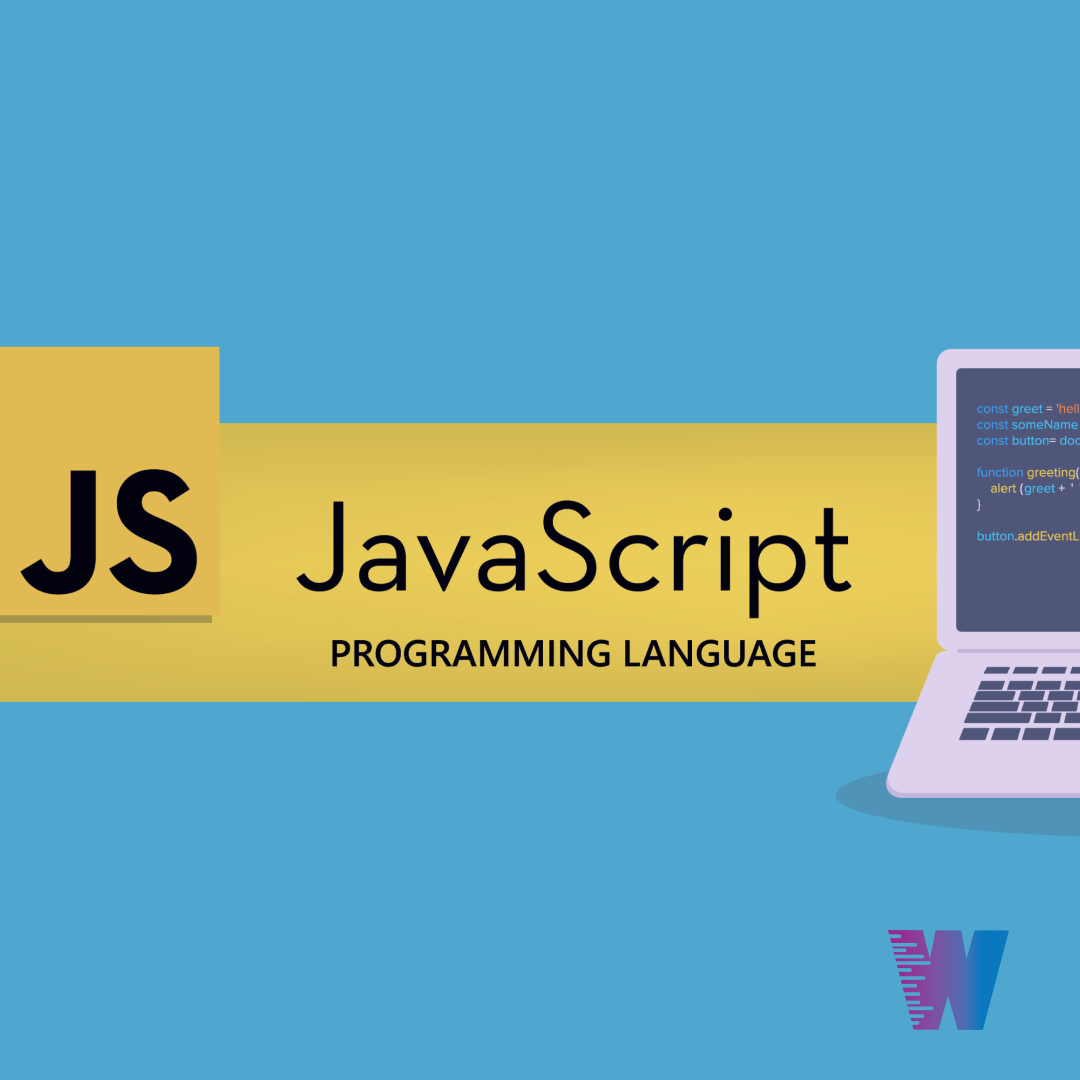
Elevating Your Business: The Power of Effectiv...
Software development
Software Development

Published Jan 21, 2022

How to get Started in Python Programming
Starting in tech can pose a lot of questions and concerns. Some of which are, what career path one should take, what programmes can one start with etc. getting answers to some of these questions could help you gain clarity. Another thing worth considering while choosing to venture into a tech career is to take out time and understand what programmes are obtainable in the industry. In regards to this article, the focus will be on Python
Introduction to Python
According to Wikipedia, Python is a general-purpose programming language. What this simply means is that it can be used for a wide range of software development (applications, machine learning, mobile apps, etc.). This in turn informs why it is super popular among software developers. It is also one of the easiest programming languages a beginner can get into. So if the last statement describes you, you have very little to worry about. Python libraries provide beginners or just about anyone regardless of their level of competence with loads of solution-based approaches to any python related challenge. In summary, to understand what Python is all about, keep the following in mind. It is a free open-source programming language that is easy to use and can perform a wide variety of programming tasks.
Pros and Cons
You have gotten a bit of background on the programming language known as Python and it will be a healthy assumption to assert that you have heard about other programming languages. You might feel undecided as to which could be the right fit for you starting. That decision is entirely yours to take but it would help to know what makes Python stand tall and where it falls short among its peers, should you decide to proceed.
Pros-
Fun Fact: Pinterest, Disqus, Spotify, Dropbox, Uber, Instagram to mention a few were built on python with the help of the Django web development framework.
Cons
Some of the major uses of python include; AI and Machine Learning, Web and game development, Language Development, Data Analytics, Data Visualization, SEO, Design, and even Finance.
AI and Machine Learning: Starting with Python as a beginner and you want to try out with Machine Learning? Do not get overwhelmed too quickly with trying to consume too much information before trying things out. You should as a beginner be willing to take on small
end-to-end projects to build your confidence. By applying machine learning to your datasets, you are building your projects.
According to Machine Learning Mastery, try taking these steps such as; defining the problem, preparing data, evaluating the algorithms, improving the results, and presenting it. They further stated that the best way to come to terms with a new platform or tool is to work through a machine learning project end-to-end and cover the key steps. Namely, from loading data, summarizing data, evaluating algorithms, and making some predictions. If you can successfully do that, you have a template that you can use on dataset after dataset. You can fill in the gaps such as further data preparation and improving result tasks later, once you have more confidence.
Programming Languages – Before you proceed, you need to understand that this part is not for newbies, but if you have time to spare and the grind for extraordinary work, please jump on it. Aadit Ambadkar decided to create a simple programming language using Python. He called it TEN for Father’s Day and here is how he did it. After installing python obviously, he installed python packages which allowed him to convert python files to exe. You can get a step-by-step procedure here. He then proceeded to create a stack-based programming language, which simply means a programming language built on a stack. The next step he then takes is to create a Syntax, which are rules that define a programming language. He goes on to describe his next actions;
“We need to open up the file containing our CUSTOM script. But, before we open the file, we need the file name. If you have ever compiled a python script, you know the command you type is python <filename>.py. What we are doing is passing in the string <filename.py> to python.exe, and then python.exe is compiling that file. Python allows us to compile python files with additional arguments passed in: python <filename>.py arg1 arg2 …. arg1, arg2, … are then passed into our python script, which can use those arguments. To access those arguments, we use sys.argv. sys.argv is a list containing each additional argument. For the time being, we will just have 1 argument passed in, the file name of the CUSTOM script”. You can read all about it here.
Now, these two areas are just highlights of what python can do for you, there are no methods that are cast in stone but there are principles to applying the knowledge you gain to build up experience for you. To help with that, here are 6 top sites to learn Python; Udemy, Coursera, Google’s Python Class, Microsoft’s Free Python Class, and Codecademy.
Salary Average of Python Software Developers – According to Indeed.com, the average salary of Python software developers around the world varies. For the US, it is around $110,311. In the UK, it is around £65,000. In Canada, it is around $95,000. In Nigeria, the going rate between entry-level and midlevel is around $3,213 – $11,100. Sorry did that make you cringe a bit? Look on the bright side, soon enough you could earn like your foreign counterparts. Of course, this will happen, if and when you choose to migrate.
Relevant Books that can give you a significant head start as a python developer according to Hackr are:
Python Crash Course by Eric Matthews
Automate the Boring Stuff with Python
Learning Python
Headfirst Python
A Byte of Python
If you have read this far, how has your perception improved about taking on Python?
One last nudge to help you over the decision curve. According to Springboard.com, the future of Python looks bright in 2021 and beyond. So get ready to take on 2022 with all the confidence of a mustard seed. Take that course, get that Python certification, build projects. Your employers and the world are waiting for you.

Software development

Software development

Software development